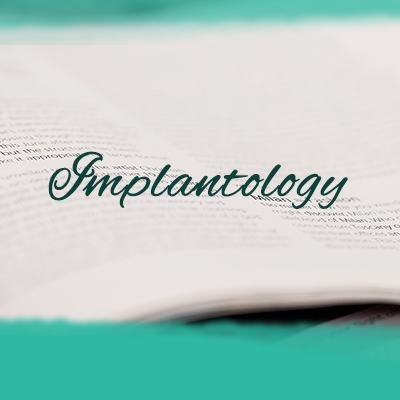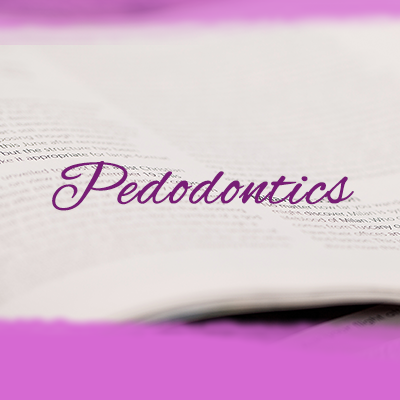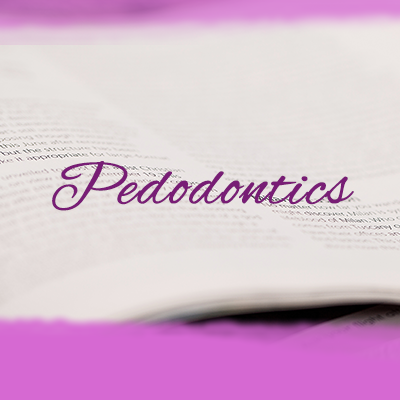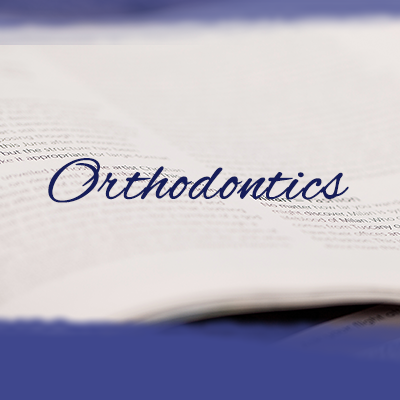The effect of surgical regenerative treatment for peri-implantitis: A systematic review
The purpose of the present study was to systematically review literature on
the effectiveness of surgical regenerative treatment for peri-implantitis.
• Methods: Different databases were searched including the Cochrane Central Register of
Controlled Trials, EMBASE and MEDLINE.
• Primary outcomes were changes in probing pocket
depth (PPD), bleeding on probing (BOP), radiographic marginal bone level (RBL) and signs of
infection.
• Secondary outcomes were facial marginal recession, aesthetic outcomes and cost of treatment.
Only randomised controlled trials (RCTs) with a minimum of 12 months follow-up period
after regenerative surgical treatment were selected according to PRISMA guidelines.
• Main results: Five studies were selected. The highest mean reduction of PPD was 3.1 mm in a
bovine-derived xenograft (BDX) group. The highest percentage reduction of BOP occurred in
patients treated with implantoplasty and saline (a reduction of 85.2%).
The highest mean defect fill of RBL was reported in the porous titanium granules group (3.6 mm). Mean reductions of PPD,
RBL and facial marginal soft tissue recession were statistically insignificant (p-value > 0.05) in
the studies included.
However, the mean reduction in BOP was statistically significant
(p-value < 0.05) in four studies as compared to the baseline (before treatment). A high heterogeneity
among the studies included, regarding surgical protocols, defects morphology and selection of
biomaterials, was found.
• Conclusion: All studies included showed an improvement in clinical conditions after surgical
regenerative treatment for peri-implantitis. However, no study has shown any statistical significance
in its approach.
There is a lack of scientific evidence in literature regarding which type of bone
substitute has superiority in the treatment of peri-implantitis, as well as the role of barrier





